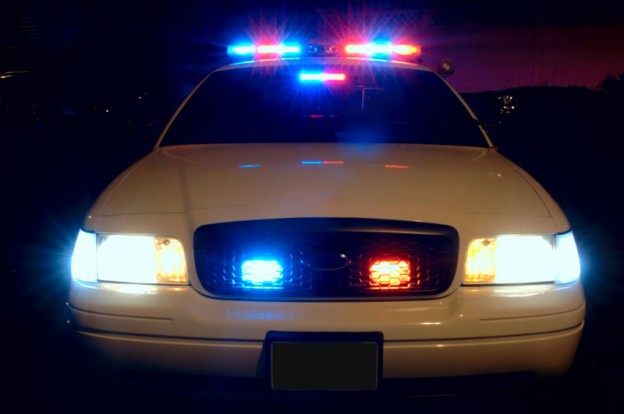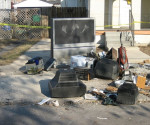5 Things to Learn About Panic Buttons and Their Uses
Over 2 million instances of home burglaries are reported every year. Workplace violence is also quite common in several parts of the world. Imagine a situation when a staff in a hotel is subjected to sexual harassment. Arriving at the crime scene may take a few minutes even if there is a security system. So, alerting people near your surroundings is a great way to shoo away the attacker. Panic buttons are quite handy when it comes to emergencies. Here are 5 things to learn about panic buttons and their uses.

photo Scott Davidson
- Purpose
False alarms can create chaos and calling the police unnecessarily may result in fines. So, one should know when to press a panic button. So, you should press the panic button when you are sure of being harmed or in danger. Old parents in homes often need medical assistance. In such cases, they can press the panic button and inform the family members. A panic button is also useful when you see someone else in danger like in cases of a sudden fire break out.
- Components of a Panic Button
Panic buttons, irrespective of the types, consist of button (hardware) and communication system. The button may be a single push button, double push button or even a knob that has to be squeezed. Most panic buttons are designed to avoid accidental activation.
The type of communication system used depends on the level of threat. You can set the communication to an off-site alarm monitor center or to a security control center or even to your smartphone. In case of off-site monitor center, the monitor center informs the police or hospitals about the emergency.
- Types of Panic Buttons
Panic buttons may be wired or wireless. A wireless panic button is portable and can be shifted to multiple locations as and when required. Power is a crucial factor in the choice of panic buttons. The battery-operated buttons are useless once the battery drains out. So, it is preferable to use rechargeable buttons or the ones that operate on electricity. Further, you can customize your panic buttons to be silent or blow a siren. The ones with a siren can alert anyone in the surrounding, while the ones without siren will send notifications to the appropriate authorities. These notifications can be sent via SMS or voice messages.
- Installation Tricks
There are certain ideal places for the placement of panic buttons like the cashier’s desk, in a conference room, receptionist’s desk, in an executive suite or even in a kitchen of a restaurant. In homes, they can be placed in common living spaces like the kitchen and living room. You should consider installing “two or three states” panic buttons that sends a different signal each time it is pressed. For example, on pressing the button first time, a duress alarm is raised. On pressing the button second time, the nearby hospital is alerted. Installing wireless buttons is a cakewalk and many companies now promote the DIY home security.
- Pro Tips for Use
It is often wise to install a CCTV camera near a panic button to monitor the area in real-time. This is particularly useful in case your panic button is configured for off-site monitor center. The monitoring center can access the location and communicate to the right kind of authorities for help. If you are using the wires or cables for your cameras, then consider hiding them under the rugs or floor mats.
Panic alarms are used by businesses as well as individuals. A sudden ambush at the cash counter of your restaurant may be inevitable, but preventing the aftermath of the ambush is certainly possible. A fraction of a minute is sometimes enough to save a life. So, install panic buttons and stay safe!
Author: Himanshu Agarwal















[…] applications make the user keep an onscreen button for quite a few seconds to ask for assist. panic button uses may be unachievable for somebody who’s hurt or in danger.Place of work and College or […]